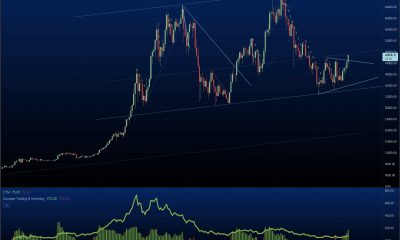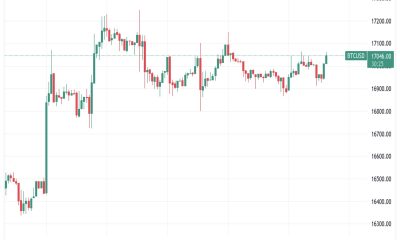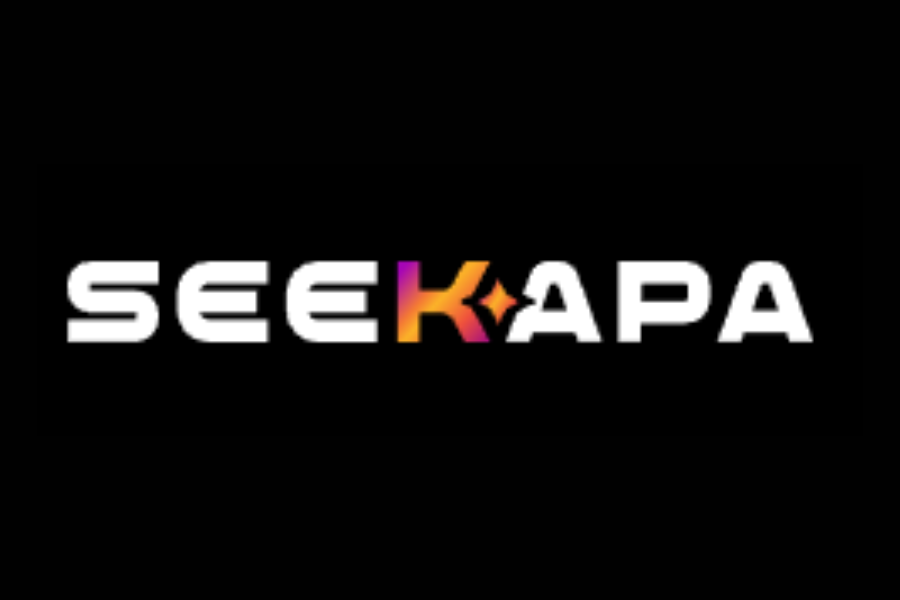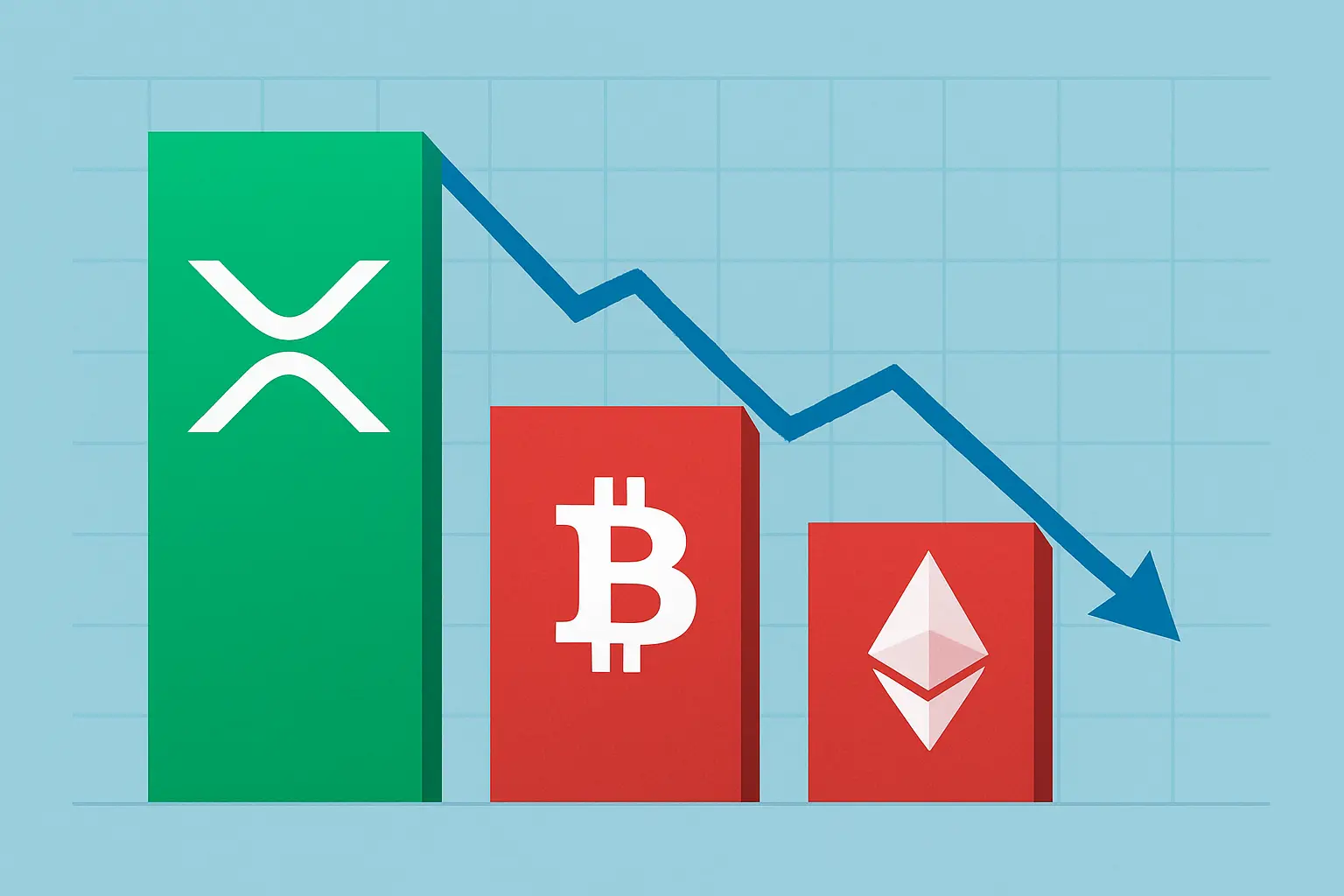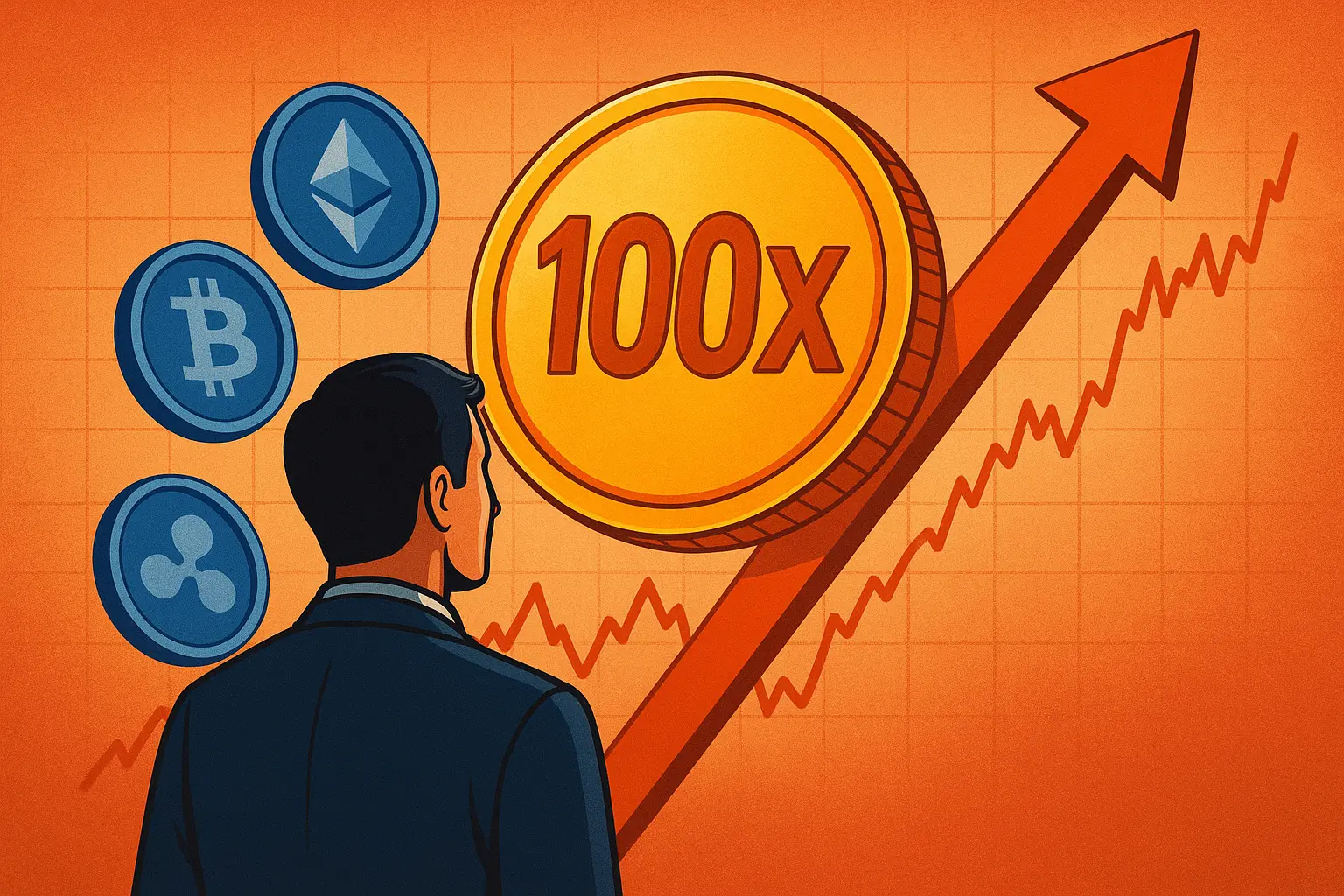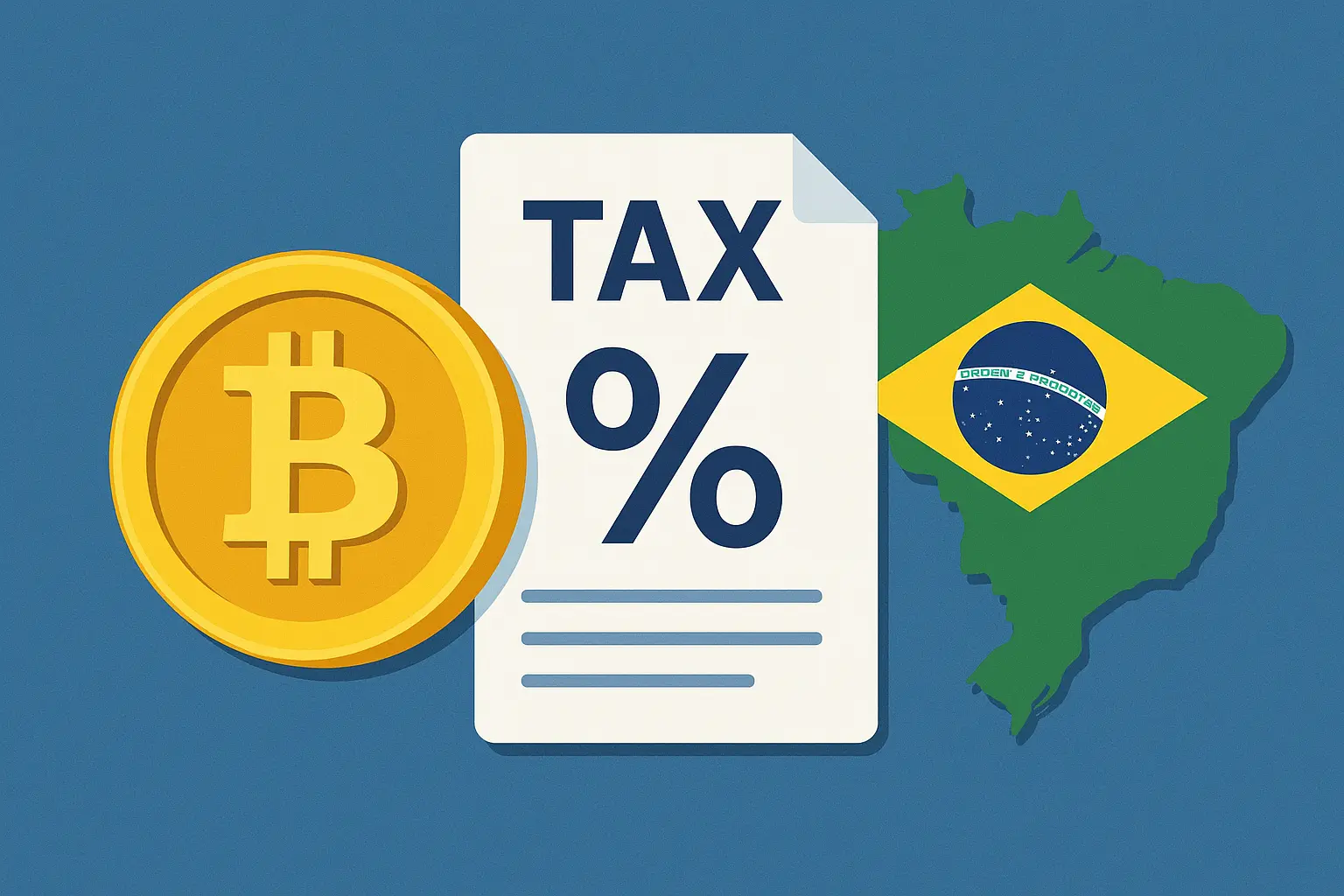Cryptocurrency News
Decentralized Payment Solutions For The Global Open-Source Economy
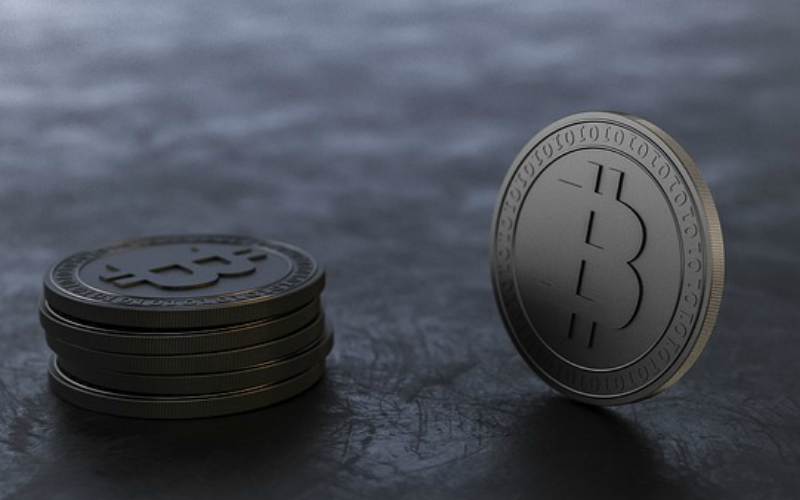
Ever since Bitcoin’s emergence in 2009, there has been a fascination with the potential of blockchain-based decentralized payment networks to redefine the global financial system. Many of these decentralized payment solutions either are not stable enough to adequately function as a medium of exchange or are too centralized as fiat-collateralized stablecoins.
A suitable solution for the global open-source economy needs a ubiquitous payment method that improves on both fiat currencies and cryptocurrencies.
Problems With Fiat Currencies
Legacy payment rails are inefficient in both transactional costs and speed. Transferring USD between different countries with the banking system requires several documents, intermediaries, and fees along its route. Settlement of large payment networks like Visa takes days to clear and their systems are centralized data silos of sensitive personal information.
Global remittances are a defining example of global payment inefficiencies with total remittances reaching $613 billion in 2016 and an average fee of 7 percent per transaction. Further, international payments are subject to reviews for numerous reasons that can vary disparately between countries and have poorly defined timelines for legal clarification.
Fiat currencies do not represent adequate stores of value or have transparent emission reports either. Inflation is rampant among many developing countries, and the purchasing power of the USD has plummeted since the creation of the Federal Reserve. Central banking has also largely contributed to global economic inequality in the form of the Cantillon effect.
Current cryptocurrency payment solutions improve upon the efficiencies of traditional fiat payment networks but are still limited in their capacity to become universal payment solutions for the global economy.
Limitations of Current Cryptocurrencies
Some of the notable limitations of cryptocurrencies stem from their balancing act between stability and decentralization. Many cryptocurrencies also lack profound use cases and are not integrated with traditional financial networks or the global economy.
For a cryptocurrency to remain stable, it is typically pegged to a fiat currency like the USD. Tether is the most prominent example of this as it is a fiat-collateralized stablecoin that happens to be the most popular stablecoin available today. However, Tether is highly centralized with a muddled past of controversy and lackluster transparency. Despite its centralization, Tether remains stable, but this stability comes with a high cost in transparent emission and necessary trust in a third party.
Conversely, Bitcoin — the legacy cryptocurrency — is decentralized with powerful proof of work consensus securing the immutability and authenticity of its blockchain. Bitcoin has historically been highly volatile, making it a risky investment as a long-term store of value and an inefficient medium of exchange due to its 10-minute block periods and high fees during network congestion. Solutions like the Lightning Network may alleviate problems of Bitcoin with everyday transactions where it is currently not very effective, but this technology will take much more time to reach its full potential.
Bitcoin and other cryptocurrencies are also notably not integrated with the global financial system. Banks’ and governments’ skepticism of their potential has led to an uncertain regulatory environment and hesitancy on the part of payment providers and merchants to integrate with them.
There is still no tool for accurately measuring, storing, and transferring value that would have the same concurrent properties of:
- Sustainable Cost
- Transparent Emission Algorithm
- Free and Fast Value Transfer With No Volume Limit
- Secure Value Storage
- Non-Reversible Transactions
- Stability
The global economy is trending towards open-source economics and requires a censorship-resistant stablecoin to impact the future development of the real economy positively. Both fiat-collateralized and crypto-collateralized stablecoins are abundant in the cryptocurrency sphere and come with their own trade-offs. However, a new solution has started gaining traction with a different approach.
MILE – The Global Stablecoin
Mile is the free, fast, and secure stablecoin built for the real economy that is tethered to the IMF’s Special Drawing Rights (SDR/XDR) and designed to be decentralized and transparent. The XDR is based on a basket of key international currencies reviewed by the IMF every 5 years and functions as a supplementary foreign-exchange reserve asset.
Mile uses a dual coin ecosystem with the XDR and MILE coins.
XDR has a stable price and a growing supply that directly correlates to the real economy, with an overall demand of more than $100 billion. XDR is used as the payment coin in the Mile network, and its stability is backed by long-term loan contracts, long-term trading (supply) contracts, and MILE collateral.
MILE has a stable supply and a growing price (index of demand on XDR) that can be deposited into the blockchain to run an emission center. Emission centers transparently mint XDR based on the current MILE/XDR in-blockchain rate.
Mile is a tool for running an open-source, decentralized IMF with a transparent emission algorithm, fair consensus, and is built for the real economy. At its core, Mile is a decentralized payment medium with the XDR’s main application being real commodities and services exchange. The value of XDR cannot be influenced by market manipulation as it is tethered to the IMF’s SDR and can be used in the real economy for:
- Free Transborder Payments
- Independent Storage
- International Cooperative Economy
- Stable Arbitrage Tool Between Exchanges
- International Funds Management
- Hedging Market Risk
The need for a comprehensive global payment solution that is both decentralized and stable has clearly emerged. Mile offers a practical tool for measuring, storing, and transferring value in the real economy.






